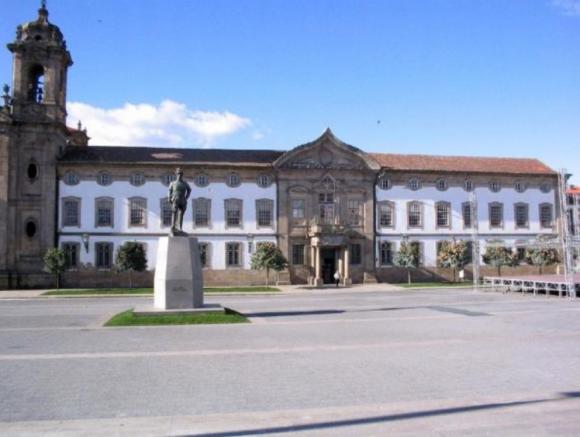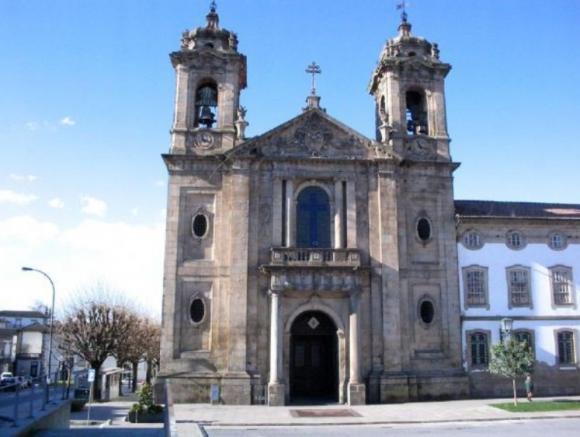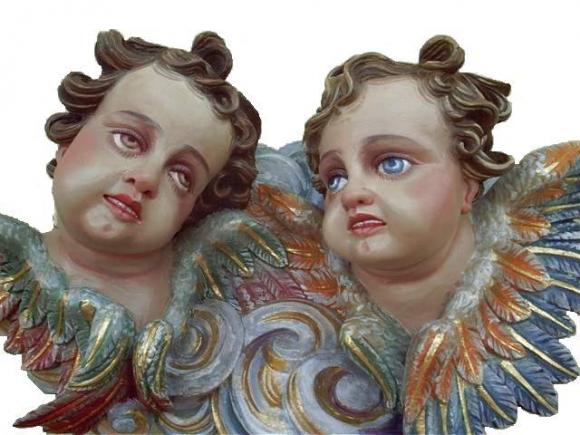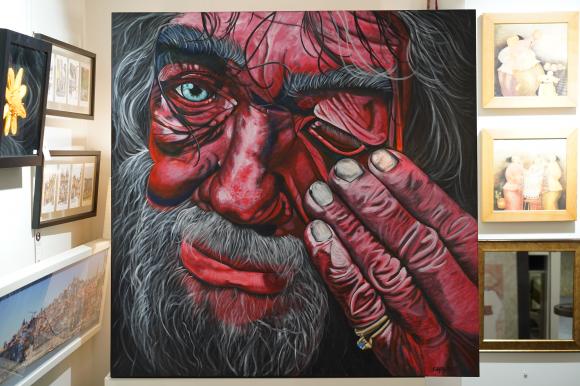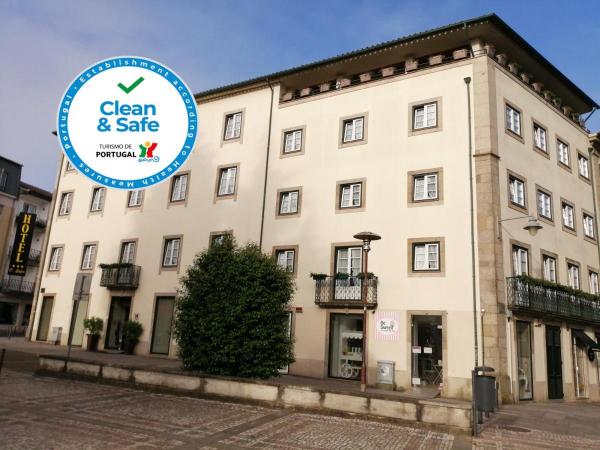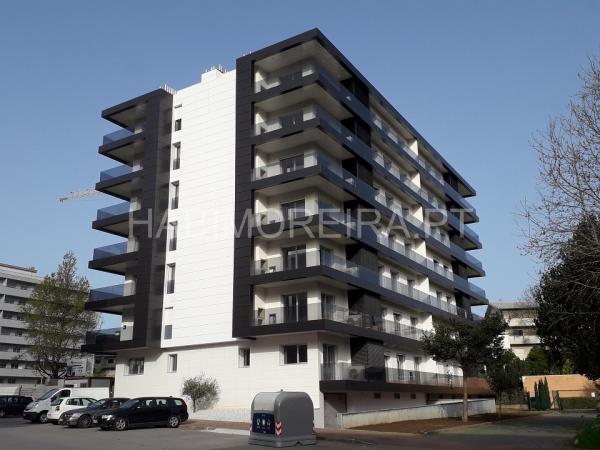
Igreja e Convento do Pópulo
The construction of the Pópulo convent began in 1596, at the initiative of Archbishop D. Frei Agostinho de Jesus who intended to have a suitable place for his grave, reserving the chancel of the future church of Nossa Senhora da Consolação for this purpose. , which granted, together with the conventual dependencies, to the religious of his own Order, the Hermits of Saint Augustine.
Praça Conselheiro Torres Almeida 113, 4700-435
Braga
Description
The building resulting from this first campaign of works is what we still know today, despite the many changes that the 18th century imposed on it. In reality, the church denotes a mannerist architectural structure, presenting a single nave (with endonartex), covered by a barrel vault with stone coffins, with three intercommunicating side chapels, internal elevations of two registers separated by a frieze and rhythm marked by pilasters with capitals of the Tuscan order, and deep chancel, with coffered ceiling. However, the Baroque intervention brought another dynamic to this space, taking advantage of the gilt carved altars and valances and their combination with the blue and white glows of the tiles that cover the entire walls. All the altarpieces correspond to the so-called full baroque or national style, with the exception of Nossa Senhora das Dores, which already incorporates neoclassical elements and is, like Nossa Senhora da Conceição, attributed to the Braga carver, Marceliano de Araújo (FERREIRA-ALVES , 1989, p. 38). A situation that is repeated in the main altarpiece, where a combination of Rococo and Neoclassical language is evident in the wide golden and polychrome structure that frames the image of Nossa Senhora do Pópulo on the platform.
In turn, the tiles illustrate different themes, according to the invocation of the place where they are found. In the chancel, the panels allude to episodes from the life of Saint Augustine (c. 1730); in the chapel of the Holy Trinity they represent VerónicaeMoisés and the bronze serpent, in chapels they allude to episodes in the lives of the saints to whom they are dedicated; at the entrance again references to the life of Saint Augustine; in the old chapel of Nossa Senhora da Penha two episodes related to processions where the Order's flag appears and, finally, in the upper register of the nave's walls, 16 saints of the Order. A panel in the chapel of Santa Apolónia deserves special mention because it was signed by António de Oliveira Bernardes, who is also attributed the lining of the chapel of Santa Rita (SIMÕES, 1979, p. 99; MECO, 1986, p. 224).
Source: https://www.cm-braga.pt/
Comments
There are no comments!
Partners same locality

 EN
EN  PT
PT ES
ES FR
FR